 The title of this blog is “ideas everywhere you look” and I do mean that literally. There’s a story in those stray hairs that won’t stay in place, from the color of the sky today, from the first thing a stranger on the street said (or didn’t say) to you, and of course from everything you read in a newspaper or magazine or see on a screen.
The title of this blog is “ideas everywhere you look” and I do mean that literally. There’s a story in those stray hairs that won’t stay in place, from the color of the sky today, from the first thing a stranger on the street said (or didn’t say) to you, and of course from everything you read in a newspaper or magazine or see on a screen.
But as I’m reminded by my daughter, who has an assignment in her English class to write a historical short story and was wailing, How do I start?“, the movement from stimulus to story isn’t all that obvious sometimes. I’ve been trying to show the thinking process by example with these blog posts, but my daughter’s complaint made me think I should maybe share something a little more basic.
Okay, here are my basic thoughts on what constitutes a short story because an understanding of the basic elements implies a place to start. (Note that other writers and readers may disagree with my thoughts here and that’s fine. If they suggest another way in that works for you, go with it.)
Stories require:
1. A CHARACTER. Usually a specific character or characters. Usually at least one that we can relate to, understand, empathize with enough to at least want to know how they’re going to deal with their problem (see number 3. below).
2. IN A SITUATION. Meaning time, place, environment. Without this, we usually just have talking heads or people in a place so undescribed it might as well be a void – a surprisingly common occurrence with beginning writers.
3. WITH A PROBLEM. Think conflict, with another character, with nature, with him or herself. Why? Because conflicts/problems demand action to solve said conflict/problem, even if that action is only hard thinking. And it’s that action, that goal-driven behavior, that we usually read a story for. If we the reader relate at all to the character and their conflict or problem, we read the story because we too want to see it dealt with. Sometimes the problem gets solved. (Yay!) Sometimes it doesn’t. (Tragedy!) Sometimes whether it does or doesn’t isn’t ever really addressed because it’s the problem itself that’s the whole point. (Literary!)
3. ATTEMPT(S) TO SOLVE THE PROBLEM. This is sometimes referred to as a try-fail sequence. The character tries to solve the problem and fails, tries again and fails, tries a final time (the climax usually) and either succeeds or fails. The number and size of the try-fails depends completely on the story. Short stories usually have fewer try-fails than novels.
4. A RESOLUTION. Some would argue that no, you don’t need a resolution. It’s more interesting to leave a character hanging. But even that is often a kind of resolution in a well-told story, because the author has taken the reader to a place where that suspension creates a resolution in the reader’s mind, either then or later, when they’ve had time to think about the horrible trick the author played on them. Generally, though, fiction makes more sense than real life. Problems do get resolved for good or ill. Loose ends are tied up. Events have a shape that gives them meaning. That’s what makes fiction satisfying for most people.
So…how does that let you get started? Pick number 1. If you’re fascinated by people’s quirks, come up with a character you’d like to write about – a character you admire or one you despise or one you find funny. Then give them a problem that would test who they are. Make it real by grounding it somewhere.
Or pick number 2., a situation, or 3., a problem. When ideas come to me, it’s usually through a combination of these two. Go back and read my last post. I see a situation like the one happening in Egypt, I read about the problem any given individual has in deciding whether to join in, then I spin it into a character I think I could understand and relate to.
Then, put yourself into your character’s shoes. What would they do to solve their problem? And/or put yourself into the shoes of your character’s problem. What would that villain or group or situation do to really stick it to your hero?
You write those things. You write the various characters’ reactions to those things (they failed so they try something new), and you’re off and running.
Now how to bring it all to a satisfying resolution and what “satisfying” even means – that’ll be next week. Ciao!


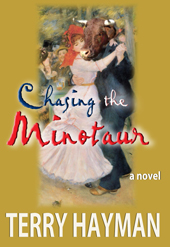
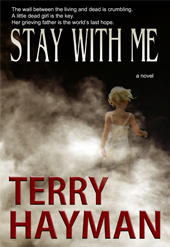
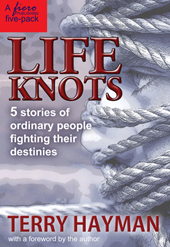
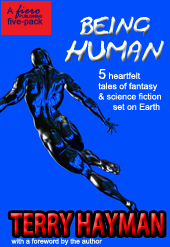
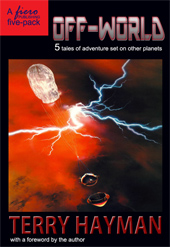


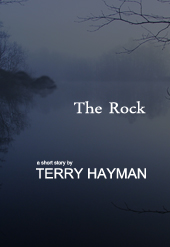
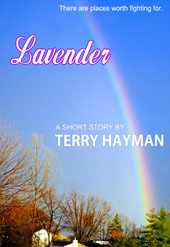
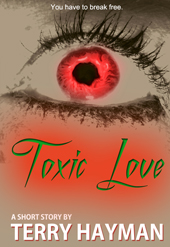
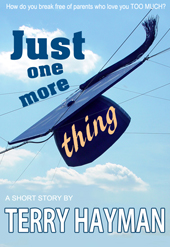
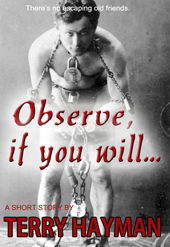
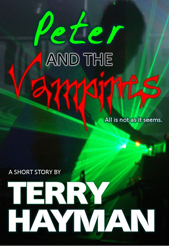
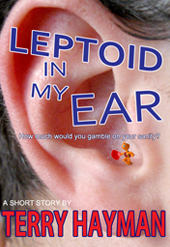
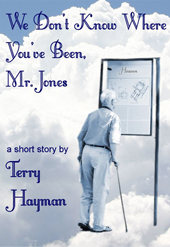
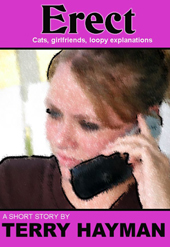
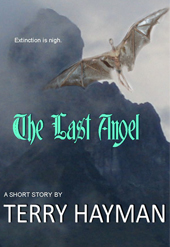
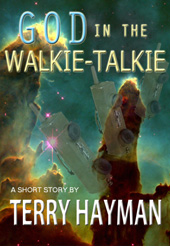
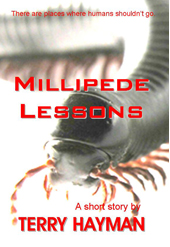
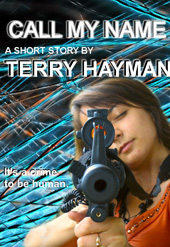
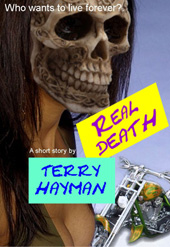
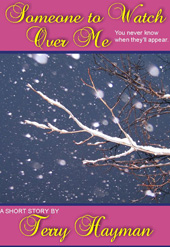

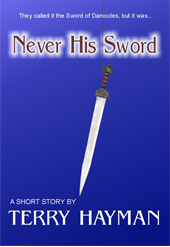

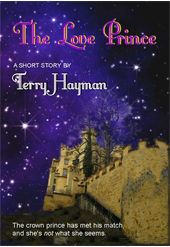
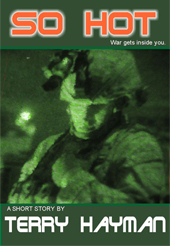
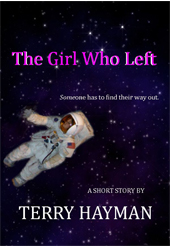
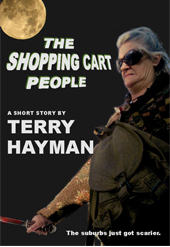
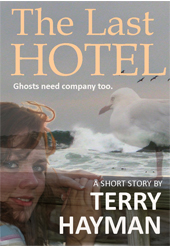
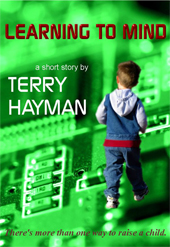
Pingback: Story Craft – Make it satisfying | Terry's Blog